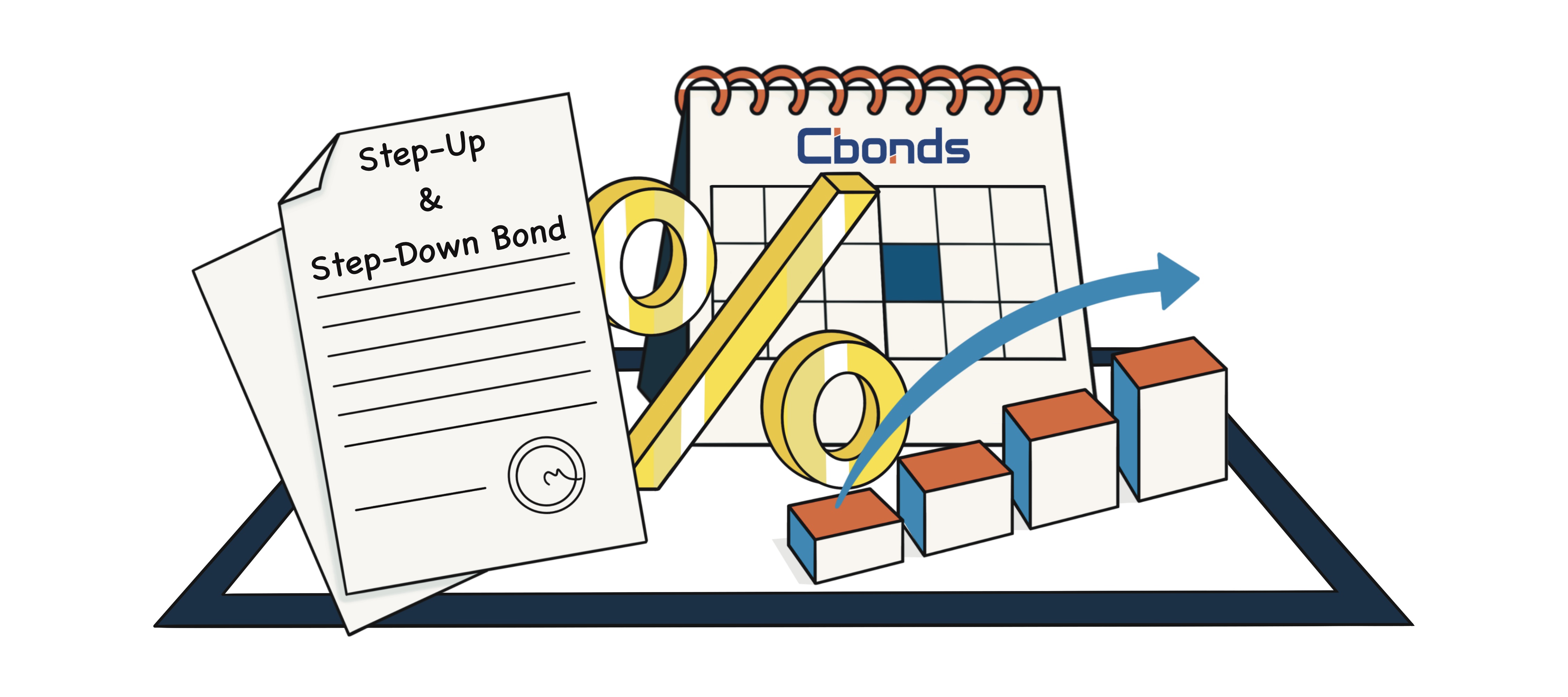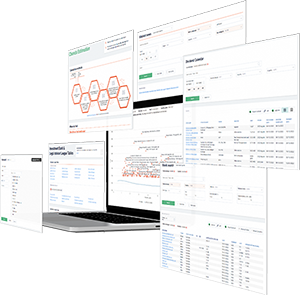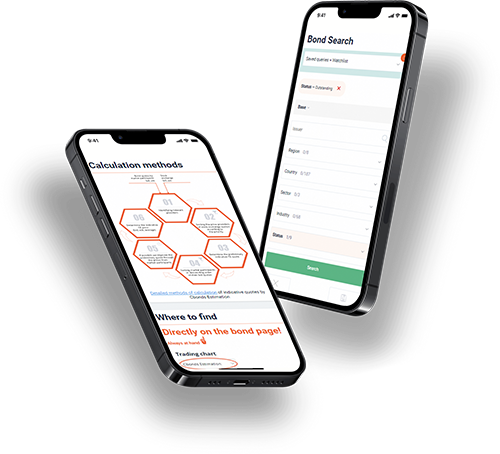By
Konstantin Vasilev Member of the Board of Directors of Cbonds, Ph.D. in Economics
Updated September 11, 2023
What is a step-up bond?
A step-up bond is a type of bond that offers an initially lower interest rate compared to other fixed-income investments, but it includes a unique feature that allows the interest rate to increase according to a predetermined schedule over the life of the bond. This periodic increase in the interest rate is referred to as a "step-up," hence the name.
The specifics of the step-up feature can vary depending on the terms of the bond and the issuing institution. Typically, the step-up intervals, the magnitude of the rate increase, and the timing of these increases are all outlined in the bond’s prospectus or offering documents.
Step-up bonds are designed to protect investors against rising interest rates. In a rising interest rate environment, the value of traditional fixed-rate bonds can decline as newer bonds with higher coupon rates become available. Step-up bonds mitigate this risk by allowing the bondholder to benefit from higher interest rates over time, potentially keeping the bond’s yield competitive with prevailing market rates.
However, there are trade-offs associated with step-up bonds. The initial interest rate is often lower than what might be available for other fixed-income investments with similar risk profiles and durations. This means that investors could potentially miss out on higher initial income compared to other bonds. Additionally, the overall return on a step-up bond depends on the frequency and magnitude of the step-up increases; if interest rates do not rise as expected, the bond’s total return might not be as attractive as initially anticipated.

How do step-up bonds work?
Bonds function as debt securities or IOUs issued by corporations and government entities to secure funds for various projects or expansions. Typically, investors purchase bonds at face value, which often amounts to $1,000 each, and are subsequently repaid the principal amount upon the bond’s maturity date. These instruments generally offer a fixed coupon rate, representing the interest paid periodically throughout the bond’s duration.
For instance, consider an investor acquiring a $1,000 Treasury bond with a 2% rate that matures in a decade. The investor would receive interest payments based on the 2% coupon rate and the principal amount of $1,000 upon the bond’s ten-year maturity.
In contrast, a step-up bond initially provides a lower interest rate in its early years, gradually increasing over time. As the maturity date approaches, investors receive higher coupon rates. For instance, a five-year step-up bond might commence with a 2.5% rate for the initial two years and escalate to a 4.5% coupon rate for the final three years. While step-up bonds enable investors to enjoy the stability of consistent interest payments while capitalizing on rising coupon rates, they tend to offer lower initial coupon rates compared to traditional fixed-rate bonds.
The structure of such bonds can involve either single or multiple rate increases. Single step-up bonds, often called one-step bonds, experience a sole increase in the coupon rate during their lifespan. Conversely, multi-step-up bond products can undergo several coupon adjustments within the security’s duration, following a predefined schedule.
Step-up bonds share similarities with Treasury Inflation-Protected Securities (TIPS), where the principal of the latter fluctuates with inflation and deflation rates. TIPS pay interest at fixed rates semiannually, based on the adjusted principal amount, leading to higher interest payments during inflation and lower payments during deflation.
Advantages and disadvantages of step-up bonds
-
A higher weighted average coupon. Step-up bonds often present a higher weighted average coupon across their entire term when compared to fixed coupon bonds of similar maturities.
-
Increasing Interest Payments. Most step-up bonds tend to offer the advantage of gradually increasing interest payments over the bond’s life. This can be beneficial for investors seeking rising income streams to keep up with inflation or changing financial needs.
-
SEC Regulation. Step-up bonds are subject to oversight by the Securities and Exchange Commission (SEC), providing investors with a level of regulatory protection and transparency.
-
Low Default Risk. These bonds are often issued by high-quality corporations and government agencies, reducing the risk of default. This can appeal to conservative investors looking for more secure fixed-income options.
-
Reduced Market Rate Exposure. The step-up feature shields investors from the full impact of rising market interest rates. As rates increase, the bond’s yield also rises, helping to maintain its attractiveness in changing rate environments.
-
Liquidity. Step-up bonds are commonly traded on the secondary market, ensuring sufficient liquidity. This allows investors to easily buy or sell these bonds without significant price distortions.
Disadvantages of Step-Up Bonds:
-
Callable Bonds. Some step-up bonds are callable, giving issuers the option to redeem the bond before maturity. If interest rates fall, the issuer might recall the bond, leaving investors with the challenge of reinvesting at potentially lower rates.
-
Interest Rate Risk. Despite the step-up feature, there’s still a risk that market interest rates could rise faster than the step-up increases. This could lead to the bond’s yield becoming less competitive compared to newer bonds in the market.
-
Lower Coupon Rates for Noncallable Bonds. Noncallable step-up bonds often offer lower coupon rates compared to callable bonds, as there’s no risk of early redemption. This could affect the initial income generated by the bond.
-
Potential Loss on Early Sale. Selling a step-up bond before maturity carries the risk of receiving a price lower than the original purchase price, resulting in a loss for the investor. Full principal return is guaranteed only if the bond is held until maturity.
Example
Let’s illustrate the concept of a step-up bond with an example involving Apple Inc. (AAPL).
Apple Inc. offers a step-up bond with the following terms:
Let’s track the performance of this bond in different interest rate scenarios:
Year 1:
In this scenario, the bond’s coupon rate of 3% is lower than the prevailing market interest rate of 3.5%. This means that investors could potentially find better returns in the overall market rather than holding this step-up bond.
Year 2:
The situation remains the same as in the first year. The bond’s coupon rate of 3% is still lower than the market rate of 3.5%, making the bond less attractive compared to other investment options.
Year 3:
In this year, the step-up feature comes into play. The market interest rate falls to 2.4%, but the step-up bond’s coupon rate increases to 4.5%. As a result, the bond’s yield is higher than the prevailing market rate, making the bond more appealing to investors seeking higher fixed income.
Year 4:
If market interest rates remain below the bond’s step-up rate of 4.5%, the bond will continue to offer an attractive yield relative to the market.
Year 5:
Similar to year 4, if the market interest rate remains below the step-up rate, the bond will maintain its competitive advantage in terms of yield.
Step-up vs. step-down bonds
Step-up bonds and step-down bonds are distinct variations of fixed-income securities that offer differing interest rate structures to investors. A step-up bond features an initially lower interest rate that gradually increases at predetermined intervals, providing investors with some insulation against rising market interest rates. This type of bond is particularly attractive in environments where interest rates are expected to rise, as it allows investors to benefit from higher coupon payments over time. On the other hand, step-down bonds, also known as amortizing or sinking fund bonds, operate in reverse. They start with a higher initial interest rate that gradually decreases at set intervals. This structure is often used by issuers seeking to reduce their interest expenses over the life of the bond. While step-down bonds may be advantageous for issuers looking to lower costs, they may not be as appealing to investors seeking increasing income over time.
The choice between step-up and step-down bonds depends on an investor’s outlook on interest rates and income preferences. Step-up bonds can provide a hedge against rising rates, making them suitable for investors expecting a climb in market interest rates. In contrast, step-down bonds may align with more conservative investors or those anticipating declining rates, as they offer higher initial income that gradually decreases. Ultimately, the decision between these two types of bonds should reflect an individual’s assessment of market conditions, risk tolerance, and desired income stream trajectory.
Bond Screener
Watchlist
Excel Add-in
API












